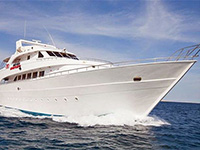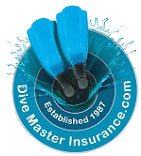Reviews: "Love the newsletters! Keep them coming" Janice Fleming...MORE REVIEWS

Top 10 Dives: we unveil the World's Best Places for Scuba Diving
22 November 2024
Divers have voted and we can reveal the 10 best dive sites in the world! How many have you dived? Let us know.
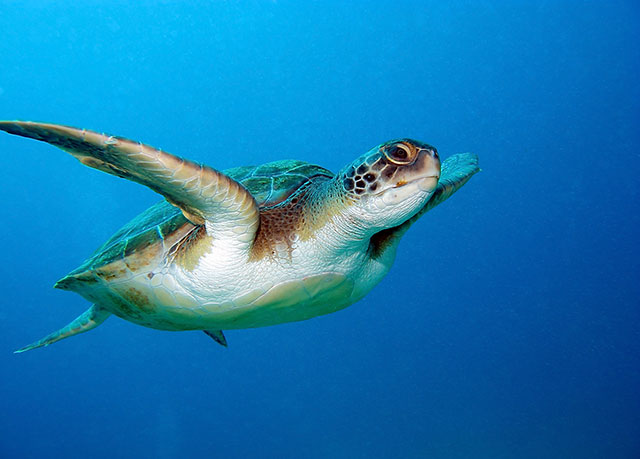
Photo: Natursports/DepositPhotos
We've been canvassing divers for years about the most spectacular, thrilling and enjoyable dives on the planet. Some have remained constantly in the top ten, others have fallen from favour. Below we reveal the sites that should be on your bucket list today: the ultimate guide to the most incredible dive sites, based on the real-world experiences and votes of divers like you.
Tell us about your top dives
The list is compiled from divers' votes - cast your vote here. We know it's difficult to choose your favourite dive sites, and we ask you to choose just two! Tell us as well which you've dived and which you want to in the Other Comments box below.
See just the best wreck dives or top dives in Europe & the Caribbean
If you want to be more specific - see the Best Wreck Diving in the World list, the Top Dives in Europe, the Best Dives in the Caribbean or the top shore dives.
The Top Ten
1. Barracuda Point, Sipadan Island, Malaysia
Wall of coral where sharks come cruising by and barracuda surround you. You are guaranteed to see big stuff here and lots of it. Occasional strong currents blast over an underwater prairie that's home to white tips, turtles, grouper, jacks, bumphead parrotfish and of course the barracuda that give it its name.
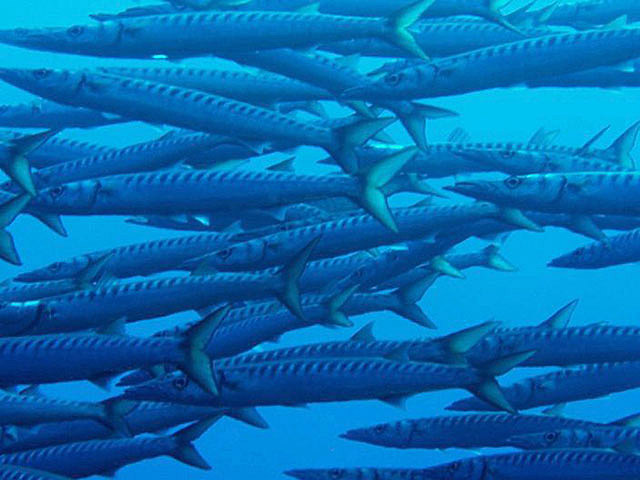
Barracuda. Photo: Andrew Reay-Robinson
Read more about diving Barracuda Point
2. Blue Corner Wall, Palau, Micronesia
An upwelling means this splendid wall dive is favoured by pelagics. Expect to see sharks, barracuda, eagle rays, Napoleon wrasse, snappers, jacks...if you can tear your eyes away from the fish the wall hosts thick coral with morays, nudibranchs and mantis shrimps being just a few of the attractions. Compare prices of a Palau trip

Eagle Rays. Photo: Daniel Lamborn/DepositPhotos
Read more about diving Blue Corner Wall
3. The Yongala, Australia
The Yongala is a shipwreck off the coast of Queensland. Full of marine life you may see manta rays, sea snakes, octopuses, turtles, bull sharks, tiger sharks, clouds of fish and spectacular coral.
The Yongala sank during a cyclone in 1911 killing 122 people, a racehorse called Moonshine and a red Lincolnshire bull. She had no telegraph facilities and so could not be warned of the weather ahead. In 1981 the Yongala was given official protection under the Historic Shipwrecks Act. The ship is 90 km southeast of Townsville, 10 km away form Cape Bowling Green. 109 meters long, the bow points north and the ship lists to starboard. Check the prices to dive the Yongala.

Grouper on the Yongala. Photo: Tim Nicholson
Read more about the Yongala
4. Thistlegorm, Egyptian Red Sea
A large wreck which needs several dives to do it justice. A British vessel, the Thistlegorm (Blue Thistle) was attacked from the air and sunk in 1941 whilst carrying a cargo of war supplies: rifles, motor bikes, train carriages, trucks. Currents can be strong, and in different directions at the surface and at the wreck. Compare prices of Thistlegorm trips.

Motorbikes inside the Thistlegorm. Photo: Tim Nicholson
Read more about the Thistlegorm
5. Shark and Yolanda Reef, Egyptian Red Sea
Three dives in one: anemone city, shark reef with its spectacular drop off and the wreck of the Yolanda. Currents make this good for drift dives and for pelagic fish. A popular dive starts at Anemone City before drifting to Shark Reef and its drop off. Finish up on the wreck of the Yolanda with its cargo of toilets. Find a price for liveaboard visiting Shark and Yolanda reefs.
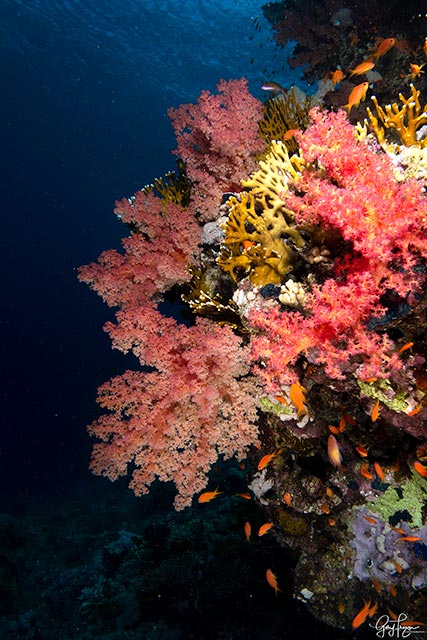
Anthias, soft corals and fire coral. Photo: Garry Frazer.
Read more about Shark and Yolanda Reef
6. Manta Ray Night Dive, Kailua Kona, Hawaii
Underwater lights placed on the ocean floor attract infinite amounts of plankton, which in turn attract the huge, yet beautiful manta rays of Kona Hawaii. The rays get so close to you, that you often have to move to avoid them accidentally hitting you. An amazingly wonderful and unforgettable time with one of the most beautiful animals in the world.
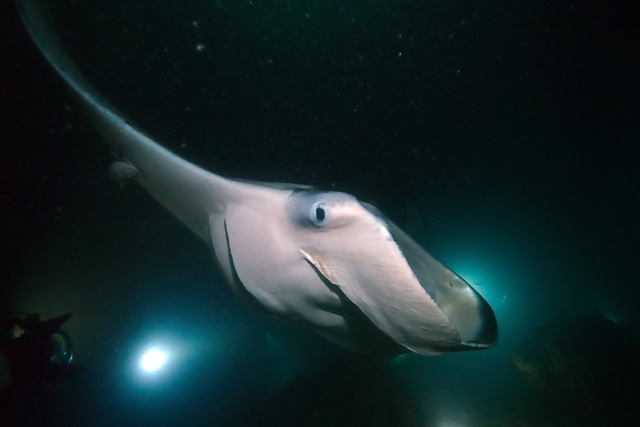
Manta ray night dive. Photo: Daisuke Kurashima/Depositphotos
Read more about diving Hawaii and the Manta Ray Night Dive
7. Great Blue Hole, Belize
Very deep, wide, hole outlined by coral reef and inhabited by sharks. Is there another sight like it? 30 m visibility coming over the bathwater warm reef of vibrant colors, descending into a cool, deep blue hole where the water begins to waver and shimmer as you enter the transition from salt to fresh water at about 15 m. Watching the enormous tuna and other pelagics dive into the hole to clean themselves as you briefly remove your octopus to taste the fresh water. Then descending another 25 m to explore the stalagtites and stalagmites of ancient caverns. Compare prices of Belize diving trips.

The Blue Hole, Belize. Photo: U.S. Geological Survey
Read more about diving Belize and the Blue Hole
8. USAT Liberty, Bali, Indonesia
This wreck is very popular with photographers as it is totally encrusted in anemone, gorgonians and corals. Look for the hawksbill turtle which practically lives on the Liberty and interesting small stuff like the beautiful purple Scorpion Leaf Fish and Ornate Ghost Pipefish. Larger fish you might see there include Great Barracuda and Flapnose Ray. The wreck is quite broken up but you can go in the cargo hold. You dive it not so much for the experience of wreck diving but for the fabulous sealife. Usually dived from the shore, the Liberty is also on some liveaboard itinaries.

USAT Liberty. Photo: Shahar Shabtai/Shutterstock
Read more about diving Bali and the USAT Liberty
9. Navy Pier, Western Australia
Extending 300 m from shore, the T-shaped structure is 300 m wide, including two outlying "dolphins" (platforms for larger ships to tie up to). Although a very defined and somewhat compact site, you could spend 5 days diving there and not be bored, particularly at night. On any dive there are lots of nudibranchs and flatworms, eels, wobbegong and whitetip sharks, octopuses, lion and scorpion fish, stargazers, and the usual smaller finned friends. Sometimes you'll come across absolutely huge rays dozing in the sand.

Whitetip Reef Shark, Australia. Photo: Tim Nicholson
Read more about diving Australia and Navy Pier
10. Richelieu Rock, Thailand
A horse shoe of rocky pinnacles, just breaks the surface at low tide. Famous for whale shark sightings, but also great for big schools of pelagic fish such as jacks, barracuda and batfish. Mantas are also seen, and it is a superb spot for Macro photography with such creatures as ghost pipefish, harlequin shrimp, frogfish and seahorses. Currents can be strong. Needs several dives to see the whole area. Best dived from December to April. How much to dive Richelieu Rock?
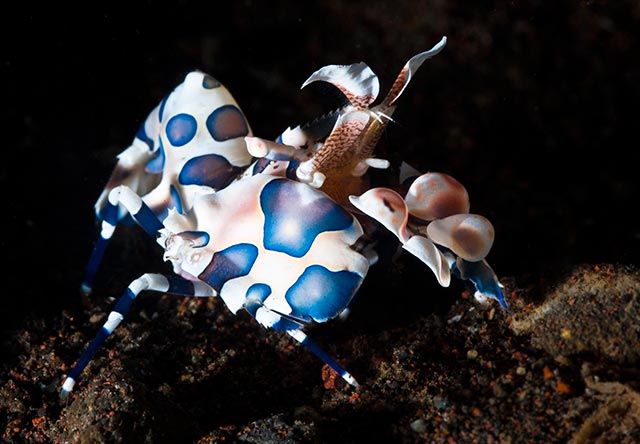
Harlequin shrimp at Richelieu Rock. Photo: Zeamonkey/Depositphotos
Read more about Richelieu Rock
Want to know more? Discover the best 100 dive sites, best wreck dives, top dives in Europe and the best places to dive in February.
Vote for Your Top Dives
How are the votes counted?
The first criteria is number of votes (weighted to favour the first choice dive site above the second). Where two dives tie for a position, priority is given to those with the most enticing descriptions and those whose area has several votes for different dives.
SCUBA News (ISSN 1476-8011)
Every month we send out a free newsletter featuring the best diving areas, underwater life, diving book reviews and interviews with authors. To receive this please fill in your e-mail address below. For an archive of previous issues see the SCUBA News page.
Top Ten Dives Summary
- Barracuda Point, Sipadan Island, Malaysia
- Blue Corner Wall, Palau, Micronesia
- Yongala, Australia
- Thistlegorm, Egyptian Red Sea
- Shark and Yolanda Reef, Egyptian Red Sea
- Manta Ray Night Dive, Kailua Kona, Hawaii
- Great Blue Hole, Belize
- Liberty, Bali, Indonesia
- Navy Pier, Western Australia
- Richelieu Rock, Thailand
Compiled by Jill Studholme
